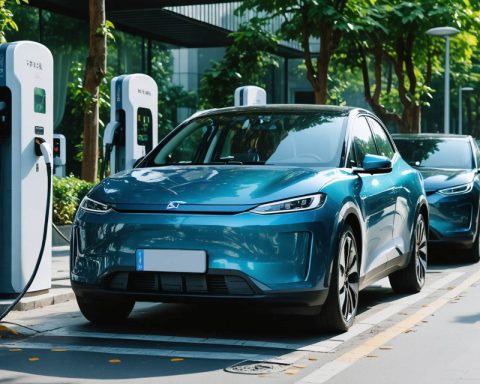
The Unseen Battle in China’s EV Industry: High-Speed Charging vs. Rapid Battery Swaps
China’s EV market witnesses a race between battery swapping and ultra-fast charging, both aimed at eliminating range anxiety. Battery swapping allows rapid energy pack





















